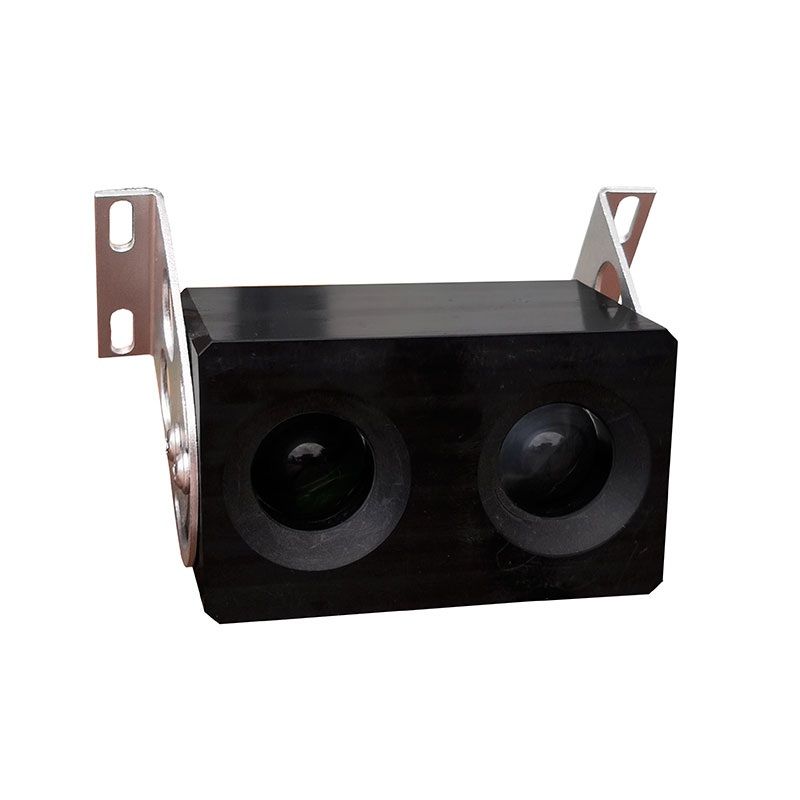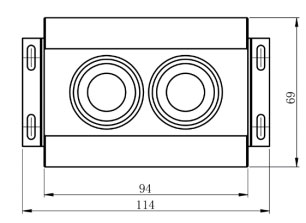Shandong Fengtu IOT Technology Co., Ltd
Sales Manager:Ms. Emily Wang
Cel,Whatsapp,Wechat:+86 15898932201
Email:info@fengtutec.com
Add:No. 155 Optoelectronic Industry Accelerator, Gaoxin District, Weifang, Shandong, China

Sales Manager:Ms. Emily Wang
Cel,Whatsapp,Wechat:+86 15898932201
Email:info@fengtutec.com
Add:No. 155 Optoelectronic Industry Accelerator, Gaoxin District, Weifang, Shandong, China

Model:FT-WJN4
Brand:fengtu
1.Uav visibility meter product features
Uav visibility meter is a microprocessors controlled atmospheric visibility monitoring instrument that uses the forward scattering principle of light.
1. Uav visibility meter weighs only 110 grams and is designed for monitoring and collecting meteorological data in the air for unmanned aircraft or small unmanned inspection aircraft;
2. Compact in appearance, with strong anti-electromagnetic interference and dust-proof functions, it can work normally at an altitude of 4,000 meters and an environment of minus 20 degrees;
3. The "four super" visibility meter has an ultra-mini shape, ultra-low wind resistance, ultra-light weight and ultra-low power consumption. The power consumption is only 0.9 watts, making it very suitable for small UAV platforms and flight control systems, as well as environmental monitoring using aircraft;
2. UAV visibility meter size and weight
Visibility Dimensions: 94mm * 69mm * 42mm
Visibility + mounting bracket size: 114mm * 69mm * 73mm
Visibility Weight: 110g
3. Main technical parameters of UAV visibility meter
Detection range: 10-4000 meters
Measurement accuracy: ±15%
Light source: IR LED
Response time: 10 seconds
Digital output: RS485, RS232, SDI-12
Bluetooth output: BLE5.0 (optional)
Operating temperature: -20 -50 °C
Working humidity: 0-95%
Supply voltage: VDC 12-24V
Power consumption: 0.9W
4. Uav visibility meter product size and physical picture


For floriculture, it is very important to do a good job of climate control, because flowers are "depending on the weather", only to create a suitable weather environment, flowers can grow robustly and bloom smoothly.Temperature is very important in flower growth and development, affecting...
The FT - FHQ2 Portable gas detector, launched by Fengtu Technology, is a Chinese-made composite gas detection device.This detector adopts a pump-suction gas detection method, actively extracting the gas to be detected, which greatly improves the detection efficiency. Its sensitive components u...
In numerous fields such as meteorological observation, aerospace, and environmental monitoring, measuring wind speed and direction is of extremely great significance. Wind speed and direction data are essential for improving the accuracy of weather forecasts. They can assist meteorological departmen...
Agrometeorological stations are an important part of the agrometeorological monitoring field...